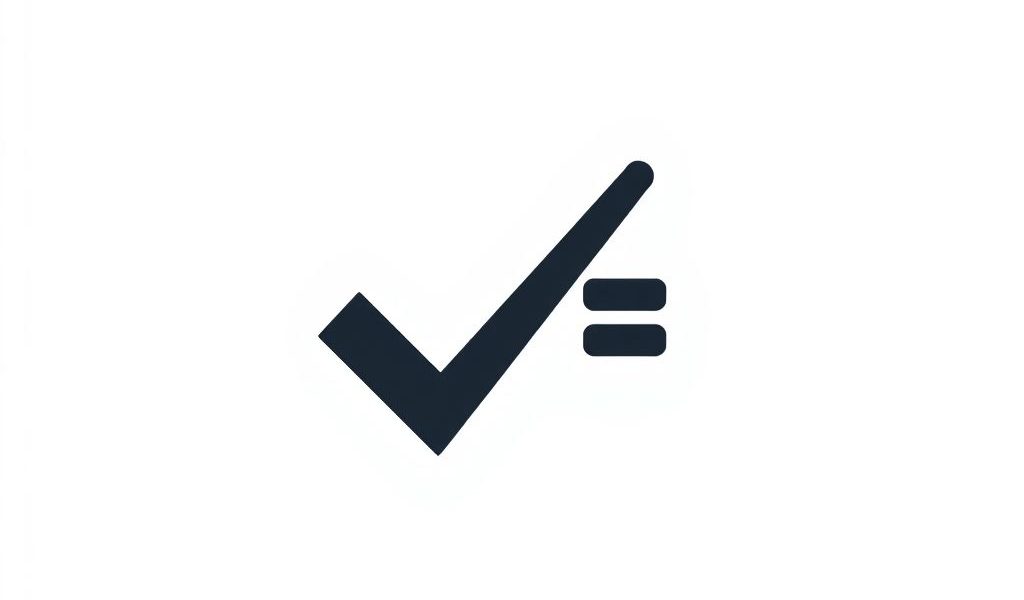In the world of elementary and middle school mathematics, learning how to multiply numbers is a core skill. However, it’s not just about finding the product; students also need to check for reasonableness in their answers. This concept helps prevent mistakes and develops critical thinking. ‘Multiply check for reasonableness’ is not just a technique; it’s a habit that builds mathematical confidence and accuracy. Whether solving problems in class, on tests, or in real-life situations, estimating and verifying results ensures that the final answer makes logical sense. This strategy is particularly useful in avoiding simple calculation errors and strengthens number sense in students.
What Does It Mean to Check for Reasonableness?
Checking for reasonableness means evaluating whether your final answer is logical, based on the given numbers and the operation used. In multiplication, this often involves using estimation to approximate the expected result. By rounding numbers and mentally calculating, students can determine whether their exact answer is in the expected range.
Why It Matters in Multiplication
When solving multiplication problems, it’s easy to misplace a digit, misread a number, or forget to carry over a value. By checking the reasonableness of an answer, these mistakes can often be caught and corrected before the answer is submitted. This process also teaches students to think independently rather than relying solely on calculators or rote steps.
How to Multiply and Check for Reasonableness
Let’s walk through the steps to multiply and then verify the answer:
- Step 1: Multiply the actual numbers.This gives the exact answer.
- Step 2: Round the numbers to friendly values.Choose values that are easy to multiply mentally.
- Step 3: Multiply the rounded values to estimate the product.This estimate helps verify if your real answer is reasonable.
- Step 4: Compare the estimate to your actual product.If they are close, the answer is probably correct. If not, recheck your work.
Example 1: Simple Whole Numbers
Problem: 48 Ã 19
- Exact multiplication: 48 Ã 19 = 912
- Estimate: Round 48 to 50, round 19 to 20
- 50 Ã 20 = 1,000 (estimate)
- Comparison: 912 is close to 1,000, so 912 is a reasonable answer.
Example 2: Larger Numbers
Problem: 324 Ã 87
- Exact multiplication: 324 Ã 87 = 28,188
- Estimate: Round 324 to 300, round 87 to 90
- 300 Ã 90 = 27,000
- Since 28,188 is close to 27,000, the answer is reasonable.
Example 3: Real-Life Application
Imagine a classroom where each student has 12 notebooks, and there are 23 students.
- 12 Ã 23 = 276 notebooks
- Estimate: 10 Ã 20 = 200
- The exact answer of 276 is slightly higher but still reasonable for this situation.
Common Techniques for Estimation
There are several estimation techniques students can use to check for reasonableness:
Rounding Up or Down
This is the most common method. Numbers are rounded to the nearest ten, hundred, or thousand, depending on their size.
Compatible Numbers
Students can choose numbers that are easy to multiply, even if they are not precise. For example, replacing 98 with 100 for easier mental math.
Front-End Estimation
This method uses the first digits of numbers and multiplies them while ignoring the less significant digits. It gives a rough but quick estimate.
Benefits of Checking for Reasonableness
Encouraging students to estimate and verify their answers brings several advantages in mathematical learning:
- Improves Accuracy: Reduces careless errors by encouraging double-checking.
- Enhances Number Sense: Helps students understand how numbers behave and relate to one another.
- Builds Confidence: When students can verify answers, they feel more confident in their abilities.
- Prepares for Higher Math: Estimation skills are crucial in algebra, geometry, and beyond.
Integrating This Skill into the Classroom
Teachers can easily incorporate ‘multiply check for reasonableness’ strategies into daily lessons. Here are a few ideas:
Math Warm-Ups
Begin the day with quick estimation challenges to get students thinking about number relationships.
Group Activities
Have students solve problems in groups, compare exact answers and estimates, and discuss discrepancies.
Homework Practice
Include a mix of estimation and exact multiplication questions, with prompts asking students to explain their reasoning.
Tips for Parents at Home
Parents can support this skill outside of school with simple, everyday activities:
- Estimate the total cost while grocery shopping.
- Multiply ingredients in recipes and round for quick calculations.
- Use estimation in planning distances and travel times.
Common Mistakes and How to Avoid Them
Even when students attempt to estimate, certain errors can occur. Here are a few common mistakes:
Over-Rounding
Rounding too far (e.g., rounding 48 to 100) can make the estimate too different from the actual answer.
Forgetting the Context
Sometimes students get correct math but forget to apply it logically. For instance, estimating 5 people eating 30 pizzas doesn’t make sense, even if the math is accurate.
Skipping the Step
Some students may forget to estimate altogether. Reinforce that this is a regular part of checking work, not just a bonus step.
The process of multiplying and checking for reasonableness is a vital component of math education. It supports critical thinking, boosts confidence, and prepares students for more complex mathematical concepts. By encouraging this habit early, educators and parents can help students avoid mistakes and develop a deeper understanding of numbers. From classroom learning to real-life problem-solving, this strategy proves invaluable and should be emphasized as a standard part of math instruction.
